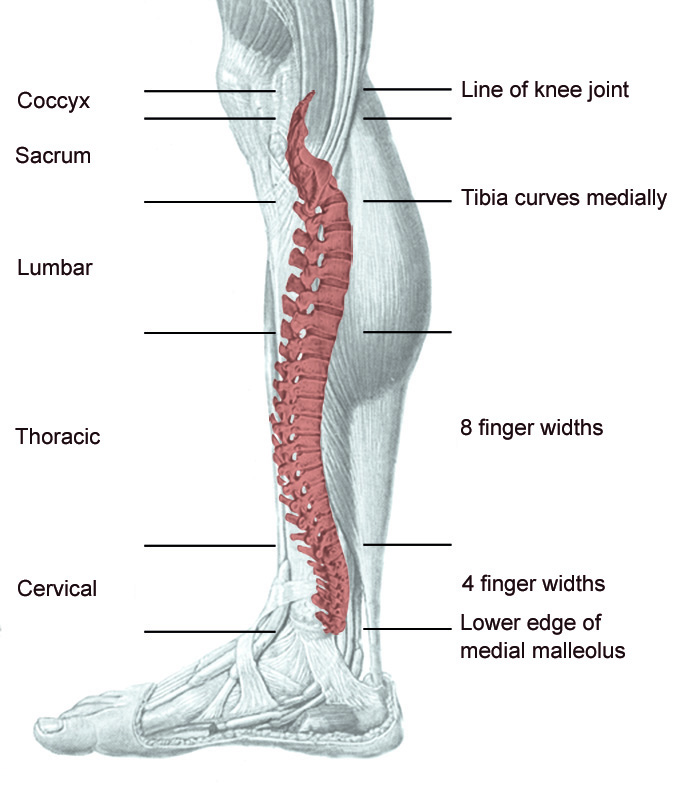Round about: The Spine
NEW UPDATED VERSION
We have changed the structure of this course to be able to go even deeper into each subject and to allow more time for the practical sessions.
In order to learn all our techniques for a thorough treatment of back problems we recommend you also follow the short "To the Point" webinars on the Psoas muscle, Sacro-illiac joint and Sciatica.
Headlines
- Anatomy and physiology of the spine revisited
- Common back problems and causes
- Assessing mobility of the spine
- Nerve reflex points for spinal nerves
- 3-D Spine reflex with multiple techniques
- Reflexes for the spine on the lower leg
- Muscle reflexes
- Fascia techniques
- Discus problems
- Facet joint syndrome
- Chronic pain and organ relations
- Stimulating the whole body via the spine
- Analysis and adjustment of posture
- Combining it all in a full session
Shortcut to the rest of the body
The spine constitutes the core of the body, and should also be the backbone of all reflexology sessions because:
- Back pain is the most common cause of long-term sick leave
- Nerve Reflexology for specific spinal nerves opens a door to work with a wide range of other problems in the body
Nerve Reflexology
Learn how to use nerve reflex points for the spinal nerves to achieve:
- Immediate pain relief
- Diagnostic information
- Access to the entire body
Muscle reflexes
Tight muscles are always part of the picture with back pains.
With Touchpoint's detailed muscle reflexes you learn a way to release the back muscles and reduce inflammation of attachments and joints.
We apply 3 techniques: Deep touch, Subtle touch and Link touch.
Acute lumbago
If your clients with acute lumbago find it too painful to lie supine, try placing them prone on the massage table and work the feet in this position.
Working NR-points for the lumbar spinal nerves like this, may reduce pain enough to allow them to turn around again for the rest of the session.
A spine on the lower leg
From the Swedish Karl-Axel Lind method of reflexology we introduce a spine reflex located along the medial side of the Tibia.
This technique provides a great supplement to spine reflexes on the feet.
Linking two spine reflexes
A fascinating technique is working the spine using two different reflex systems together. In this example we combine a spine reflex on the lower leg with the classical foot reflex.
The photo shows linking of the T3 reflex on the lower leg with T3 reflex on the foot.
Work sequence
Towards the end of the course we discuss the work sequence, and demonstrate how we combine all the tools into a full session.
Instructors
Dorthe Krogsgaard & Peter Lund Frandsen
On Touchpoint courses and workshops you benefit from having two instructors throughout the days.
Dorthe and Peter are both highly experienced international teachers, who present a mixture of theory, demonstrations and lots of hands-on practice.
An extensive fully illustrated workbook is included with the workshop.

More about the instructors here >














